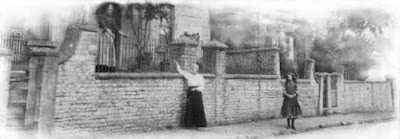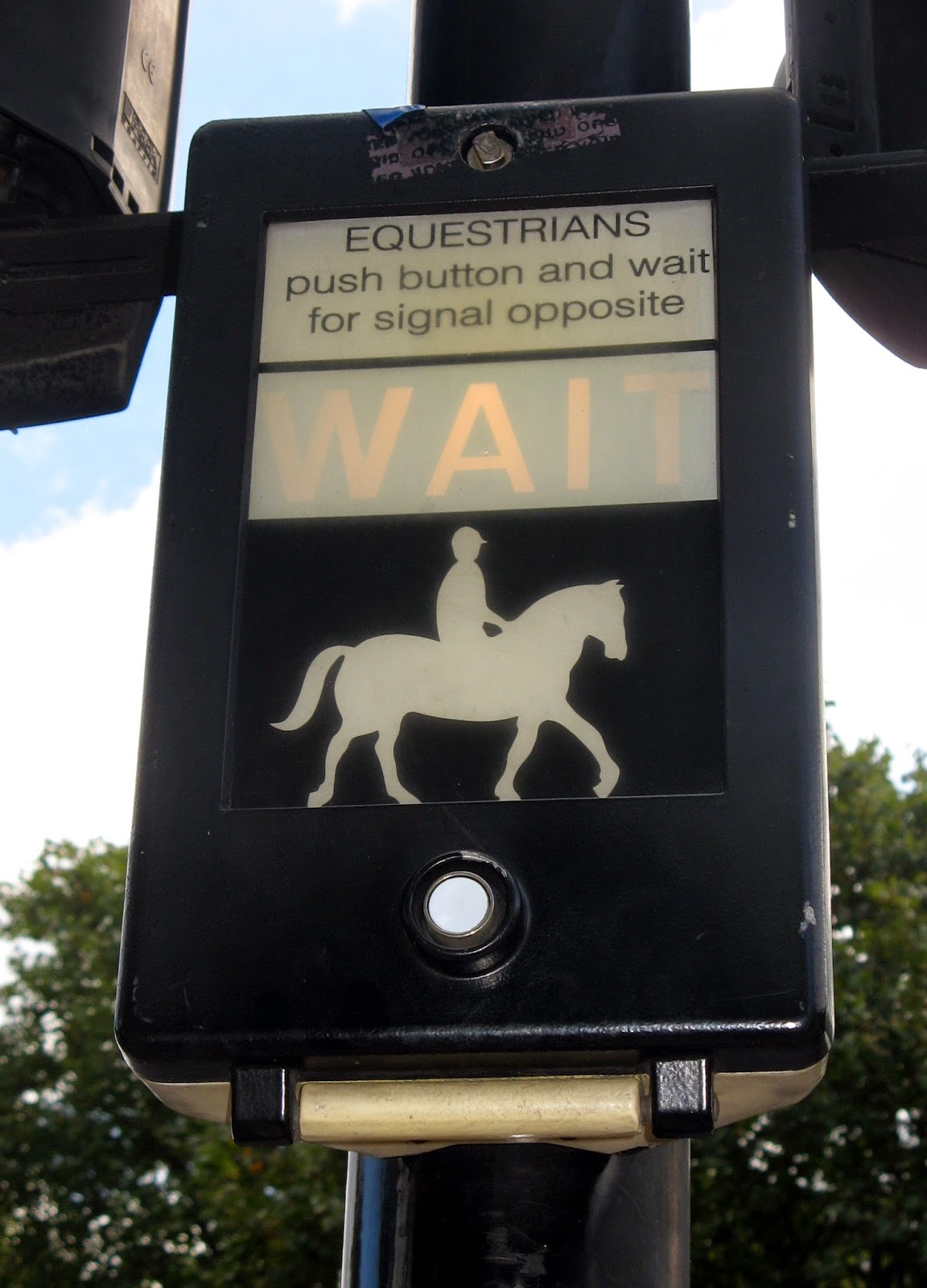Women's Rights to Space in Society
 |
| A woman's world - image by Brizzle Born and Bred |
Women's Rights and Claim to Space in Society – Then, Now, Later
 |
| Beating the baby bringing stork - Image Wikimedia Commons Public Domain |
Women's movements have fought for women's societal rights to space for over a century. Women have gained space albeit with limited boundaries.
 |
| Limited physically and mentally- Image Rega photography |
In Emile, a treatise which describes the difference between males and females, their places in society, and how they should be trained for them, Jean-Jacques Rousseau, the great advocate of individual freedom stated,
“a woman's education [should] be planned in relation to man” (365).
Juanita Williams in her book, Psychology of Women-Behaviour in a Biosocial Context, 1987, states Aristotle, who professed that since woman is an “unfinished man” and “on a lower level of development,” her role is to be a slave (13).
Williams also quotes Nietzsche, as stating that “Man shall be educated for war and woman for the recreation of the warrior; everything else is folly" (14).
 |
| Violence against women - Image Breahn |
Popular Theories Suppress Women
For centuries, literature, science, art, and religion manufactured myths depicting women negatively. Great philosophers propounded theories defining a woman as less intelligent and suitable only as a submissive wife, procreator, and homemaker. Such philosophies form the basis of today’s societies and have created gendered space by assigning females low social worth, thus limiting their mental and physical scope.
Although present and recent past social changes contest old mythologies, many women have collaborated with the oppressor by internalising societal rules and adopting Jung’s concept of the ‘persona’ which Anthony Routledge, in his book, Jung, 1973, describes as “a role played by an individual in the accordance of the expectations of society” (54).
Gillian Rose, in her book, Feminism and Geography The Limits of Geographical Knowledge, 1993, explains this when she relates to an idea that due to subliminal and explicit messages, women in society allow themselves to be subjected to stereotyping because they have the feeling that an imaginary space surrounds them and psychologically they cannot move beyond its walls. (144).
Women Must Move Beyond Invisible and Imaginary Boundaries
The way in which women exploit their status in patriarchal society depends largely on innate personality traits and childhood influences. Unable to break through domestic and communal barriers and directly influence macro society, many women transfer their disadvantages to future generations. For those women who have the ability to breakdown barriers a complex passage to self-actualisation awaits. As Virginia Woolf states in her essay "Professions For Women" in The Norton Anthology of English Literature, 1993, “even when the path is nominally open- when there is nothing to prevent a woman from being a doctor, a lawyer, a civil servant -- there are many phantoms and obstacles, as I believe, looming in her way” (1986). Woolf may have written her essay at the beginning of the last century, however, her ideas continue to be echoed in the aforementioned work of Rose published over fifty years later.
Banish Gender Myths - Allow Women their Space
Men have built the social structure and established a dichotomy by defining women’s role in society; therefore, space is still not a commodity that women acquire freely. Only through a conscious effort to stop the perpetuation of myths about gender roles through future generations will women receive and facilitate their right to freedom. Women writers would help this process if they questioned such myths by writing narratives according women space and a territory to be proud of.
Sources:
- Rose, Gillian. Feminism and Geography -The Limits of Geographical Knowledge. Pollity Press Cambridge UK, 1993.
- Rousseau J.J. Emile. New York: Basic Books, 1979.
- Routledge, Anthony Stott. Jung. New York: Chapman and Hall, 1973.
- Williams, Joanna, Psychology of Women - Behaviour in a Biosocial Context, 3rd ed. W.W. Norton New York: 1987.
- Woolf, Virginia. "Professions For Women," The Norton Anthology of English Literature, 1990.
Adapted from and article First published on Suite101.com on Feb 28, 2011 by Lesley Lanir Copyright Lesley Lanir. Contact the author to obtain permission for republication.



Comments
Post a Comment